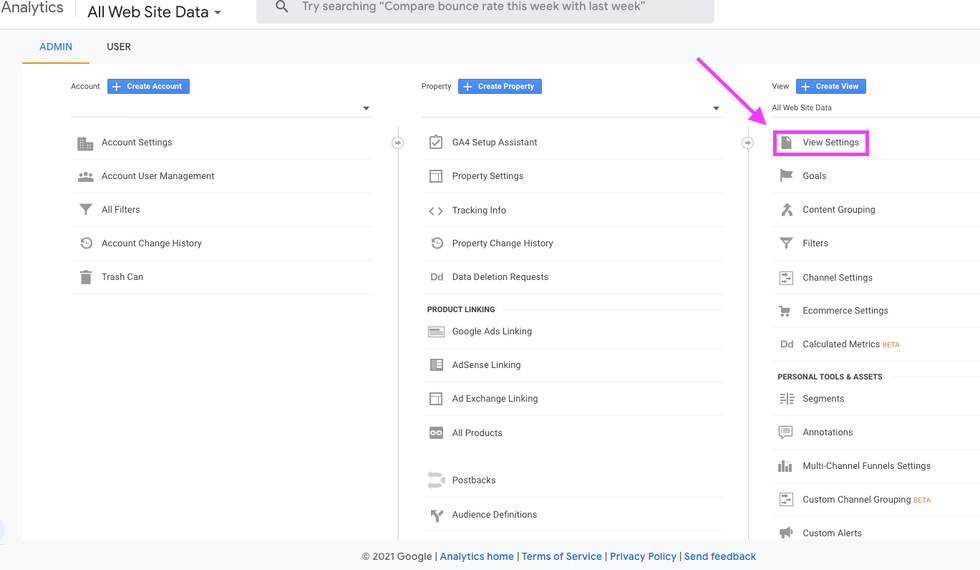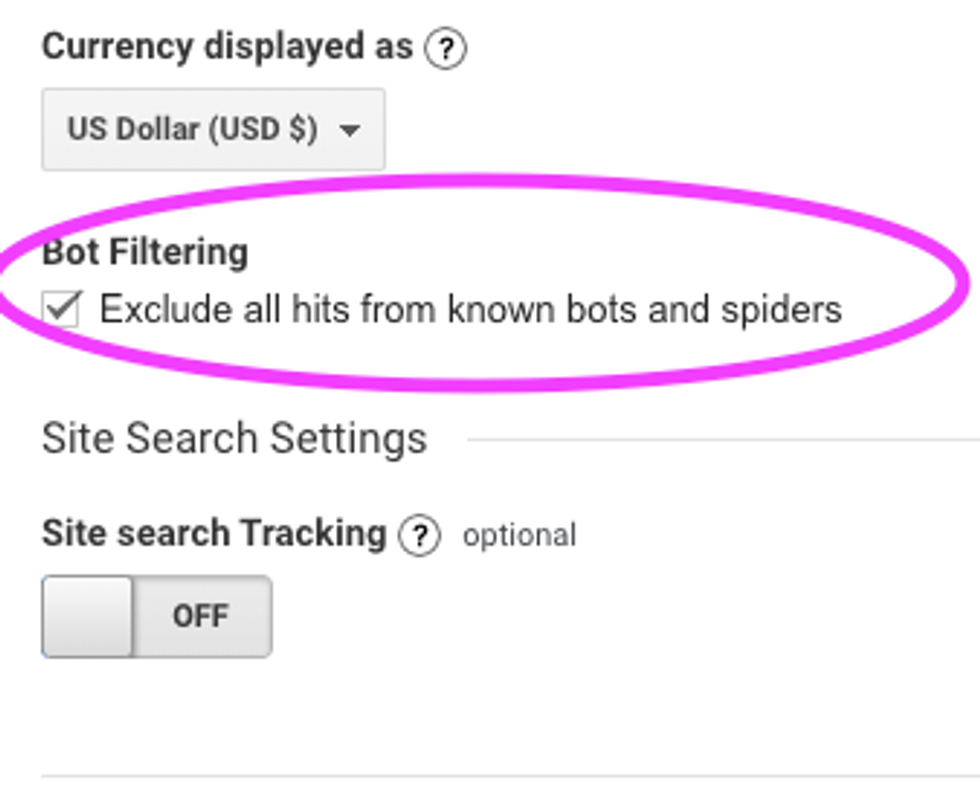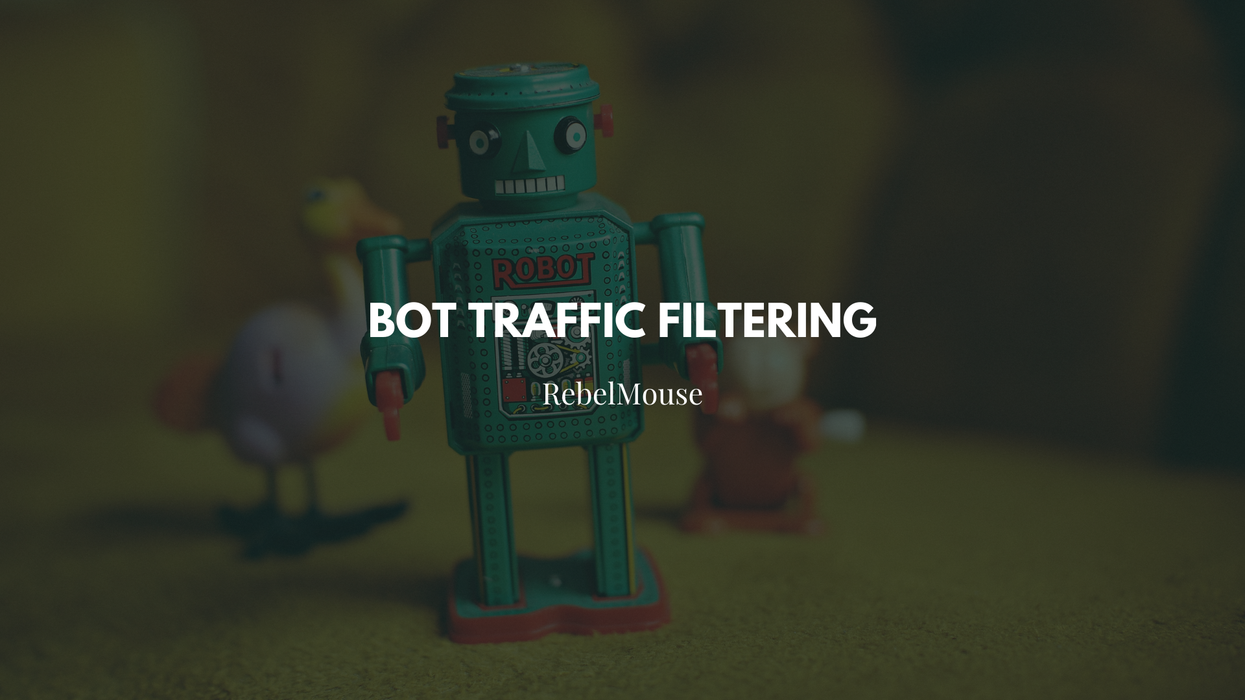Bot traffic is essentially any traffic that comes to a website that is not an actual human visiting the site. Bot traffic can be either beneficial or malicious. For malicious bot traffic, you may want to consider blocking it. For many publishers, the free tools in Google Analytics may be enough, but we also offer a more comprehensive option.
The simplest way to start is to use Google Analytics' automatic filter for bot traffic. To access this filter, you will start by going into your Admin dashboard, and then selecting View Settings:

From there, you simply scroll down and select "Exclude all hits from known bots and spiders."

Sometimes new bots appear that are able to slip by Google Analytics' safeguards, and create a lot of confusion for site owners. Typically Google Analytics quickly finds a solution to identify the new bots, as discussed in this Google Support chat. Because bots will always be a problem and people will continue to devise new ways to attack sites and avoid detection, it's really a normal arms race between bots and Google to keep them out.
For clients interested in a more robust solution, RebelMouse can help by implementing Cloudflare's bot-filtering solution. In our own testing, we've found this to work very well. We can implement this on your RebelMouse-powered site for an additional monthly charge that covers the setup, configuration, and ongoing added protection.
For more information, please contact your account manager or email support@rebelmouse.com. Not on RebelMouse yet? Request a proposal today!

